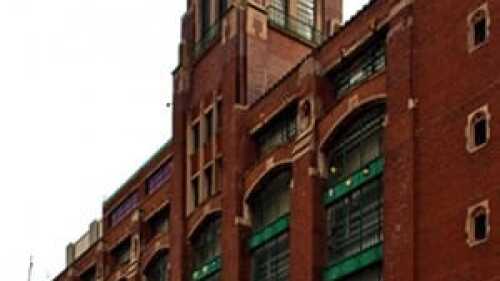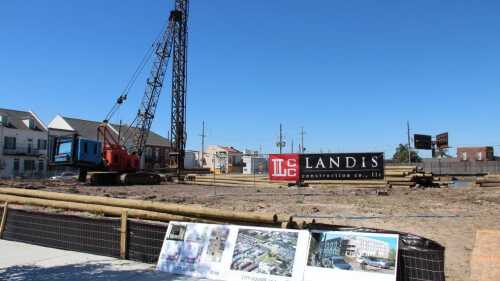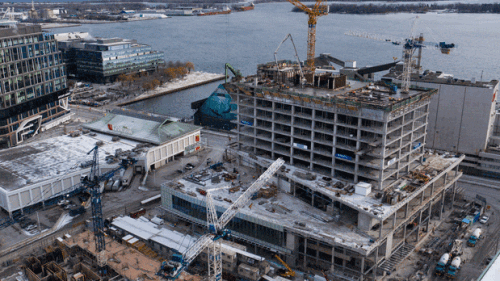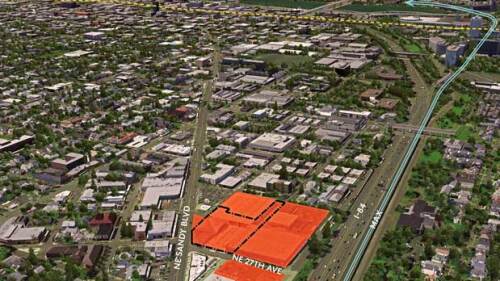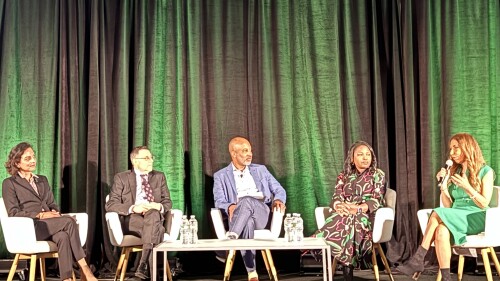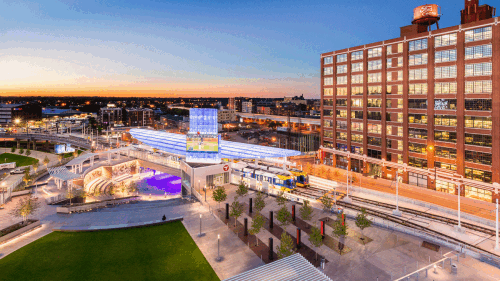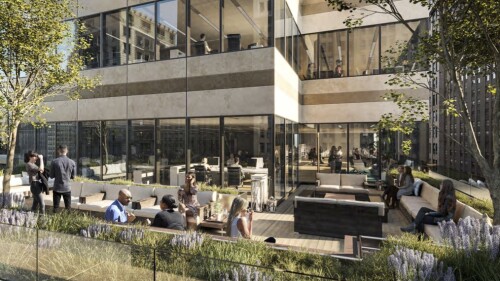Property Types
Hotels and Resorts
Three years into the recovery of the destination resort sector, the wayside remains littered with casualties from the previous boom-and-bust cycle. The primary culprit: crushing debt.
Chicago is experiencing a surge of hotel development—and seeing the repurposing of classic historic structures in the process.
The 21st-century challenge facing Hilton Head, a resort town steeped in 20th-century tradition: how to reach beyond the affluent retirees drawn to its famed golf resorts to a broader market that includes baby boomers and members of generations X and Y who enjoy its pristine beaches, but who have many other recreational and cultural interests as well.
Industrial
Resources that drove the old industrial economy—a central location and access to power—plus available industrial space, give Chicago an edge in the data center business.
Traditional industries, including energy and autos, are making a comeback in the United States. Their resurgence may present new opportunities for real estate investment.
The hydraulic fracturing of rocks is a way to extract natural gas from far below the ground. It has strong economic and land use implications, especially in the West, where the process is fairly new, but it is not without controversy.
Mixed-Use
As in many growing U.S. cities, much of the new housing in New Orleans is on the high end.
Seeking innovative ways to accommodate Toronto’s growing population, developers across the city are launching “mega-mixed-use” projects that are redefining urban living for generations to come.
A Seattle developer pioneers a flexible process to bring live/work/make/eat/shop uses to a superblock site on Portland’s inner urban fringe.
Multifamily
After a quiet first half of 2024, CMBS originations increased 59 percent in Q3 on a year-over-year basis, according to the Mortgage Bankers Association’s Quarterly Survey.
Conversions of office buildings for residential uses are becoming increasingly viable in some regions. According to Steven Paynter, a principal at Gensler who leads the firm’s global building transformation and adaptive use practice, office-to-residential conversions are viable in 25–30 percent of the buildings his team analyzes.
The ULI Terwilliger Center for Housing has announced two winners for this year’s Jack Kemp Excellence in Affordable and Workforce Housing Award, as well as two winners for the Terwilliger Center Award for Innovation in Attainable Housing.
Office
What does it take to secure debt in today’s challenging commercial real estate environment? It all boils down to experience, relationships, and a lot of creativity. That’s according to an expert panel speaking this morning at ULI’s spring meeting at the New York Hilton Midtown. The panel is the first in a series of three, which will include Raising Equity (10 a.m. Wednesday) and Borrowers’ Experiences—Recent Success Stories (10 a.m. Thursday).
Experts say the real estate market in our cities is responding to the dramatic changes caused by COVID with a “flight to quality.” This headline suggests optimism that a safe harbor still exists out there as does the fear that we all need to act fast and run (for our lives) before things get bad. It reflects a winnowing to the essential characteristics that can ensure the best overall return and insulate us from the changing winds in the economy.
The Manhattan office market is beginning to make a comeback, but much has changed since the start of the COVID-19 pandemic. The persistence of hybrid and remote work have changed the equation for commercial rentals, both in terms of landlord-tenant relationships and the quality of office product on offer.
Residental
Since 2014, the United States has averaged 300,000 more household formations per year than residential permits issued. While the number of residential construction workers has increased to meet the need, more housing is still needed. If the United States could return to pre-2006 ratio of 2.1 new residential permits for every residential construction worker, there would be almost 400,000 additional housing permits per year, all without adding a single new employee.
Whether it’s evaluating the negative impacts of single-family zoning in cities or blending single-family rental communities with apartments, developers are working to create more housing by taking new approaches, said panelists during the 2020 ULI Tampa Trends event.
The latest research from the Harvard Joint Center for Housing Studies highlights a problem that many communities are experiencing firsthand—that the cost burden for rental housing is expanding and pushing higher up the income ladder to affect middle-income households more significantly.
Retail
For decades, civic leaders have tried to revitalize Market Street, San Francisco’s central thoroughfare, only to see their efforts founder. “I sometimes call it the great white whale of San Francisco,” says Eric Tao, managing partner at L37 Development in San Francisco and co-chair of ULI San Francisco. “Every new mayor, every new planning director, every new economic development director has chased that white whale.” This year, however, an international competition of ideas hosted and run by ULI San Francisco, with support from the ULI Foundation, generated fresh momentum for reimagining the boulevard. The competition drew 173 submissions from nine countries and sparked new conversations about the future of downtown San Francisco.
The OAK project began in 2009, when a development firm set their sights on the corner of Northwest Expressway and North Pennsylvania Avenue, the state’s most important and busiest retail intersection. As the region’s only parcel capable of supporting a vertically integrated project of this scale and density, that land represented an opportunity to create something truly special.
As aging retail continue to evolve, one increasingly popular trend has been to redesign malls as town centers—recalling a time when such commercial districts were the heart and soul of a community. Mall–to–town center retrofits are emerging throughout the nation, especially in suburban communities, where pedestrian-friendly, mixed-use environments are highly attractive to millennials now raising families.




